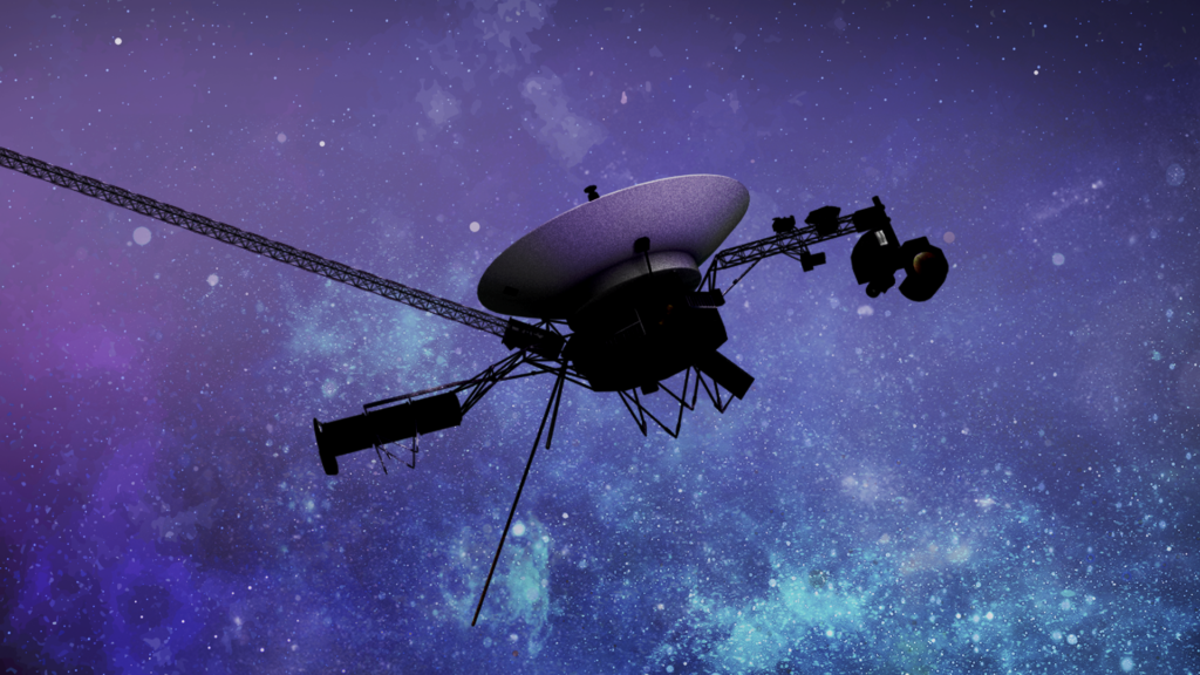Humanity’s most distant spacecraft is glitching out—again—and engineers are having quite a difficult time solving the problem. Voyager 1, what are we going to do with you?
The issue is with the 46-year-old Voyager 1’s flight data system (FDS), one of its three onboard computers. The FDS collects data from Voyager’s science instruments and takes data on the spacecraft’s status and general health. The system isn’t properly communicating with the telemetry modulation unit, which actually takes the data collected by the system and sends it to Earth.
This is just the latest in a spate of communications issues with the aging Voyager 1, which launched in 1977, shortly after twin spacecraft Voyager 2. In May 2022, the probe suddenly started sending nonsensical attitude articulation and control (AACS) data. Suzanne Dodd, project manager for the Voyager missions, described the glitch as “par for the course at this stage.”
It turned out that the data was being transmitted by a faulty computer on the spacecraft, making it read out as gibberish to Earth-based interpreters. Engineers resolved the problem by sending the telemetry through one of the spacecraft’s other computers. In the three months between the problem arising and it being resolved, Voyager 1 traveled 100,000,000 miles.
In December 2023, Voyager 1 resumed sending gibberish; the telemetry modulation unit began emitting binary code that seemed to suggest it was stuck. The mission team believes the issue truly lies with the FDS, where the data is actually coming from. The Voyager team attempted to fix the problem by rebooting the FDS, but that failed. The gibberish persists.
“It would be the biggest miracle if we get it back. We certainly haven’t given up,” Dodd told Ars Technica. “There are other things we can try. But this is, by far, the most serious since I’ve been project manager.”
Voyager 1 is 15.14 billion miles away and continues to zip along at just over 38,000 mph. It’s been two months, and the issue remains unresolved.
“We can talk to the spacecraft, and it can hear us, but it’s a slow process given the spacecraft’s incredible distance from Earth,” NASA’s Jet Propulsion Laboratory stated on Twitter. Every message sent to Voyager takes 22.5 hours to get to the probe, and vice versa.
In any case, the Voyager missions are nearly 50 years old. They served their original purpose decades ago, so every day we get data from them is a bonus. When the two Voyager spacecraft finally sputter out or are given up on as far as data collection goes, they’ll still be coasting—flying—into star-spangled infinity, as intrepid a retirement project as any of us could ever dream of.
More: NASA Power Hack Extends 45-Year Voyager 2 Mission Even Longer

